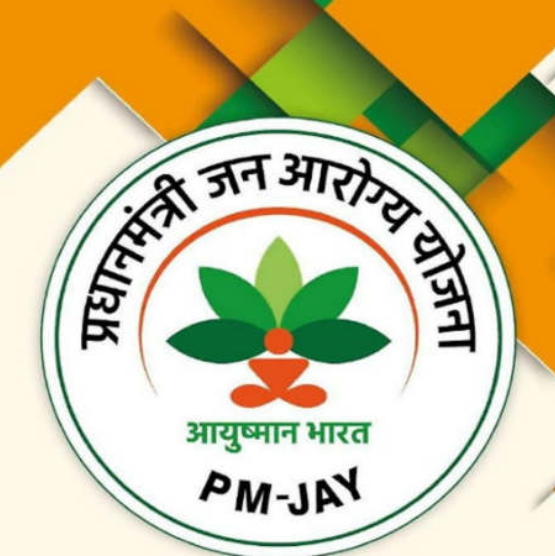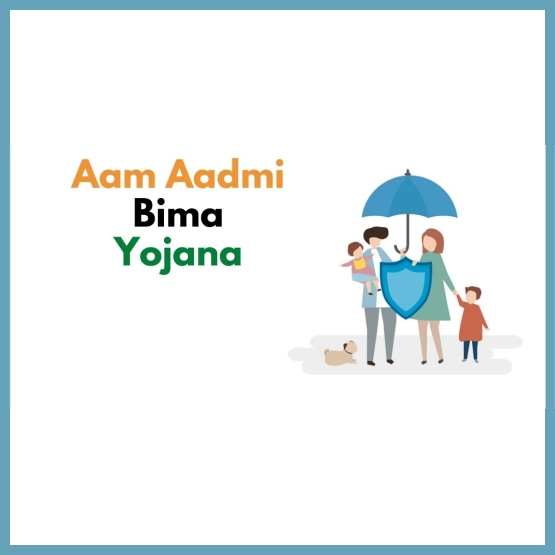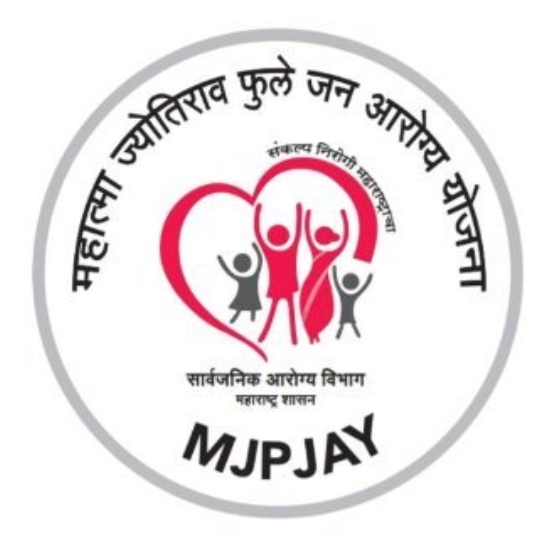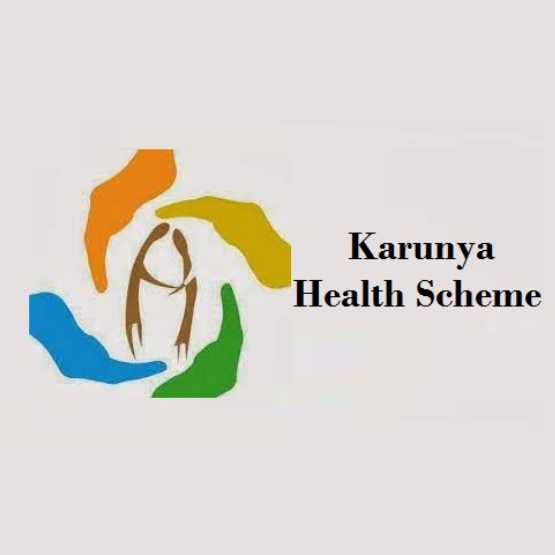The Government of India keeps introducing several health-related schemes for the underprivileged citizens of our country. Every year, with new budgets, different proportions of finances are allocated to the Health sector.
Every government has the responsibility to take care of its citizens. The schemes launched by the Union Government which focus on giving benefits for an Indian Citizen are the Union Government Schemes for Individuals in India. They are launched to improve the livelihood of the people and provide security for leading a better life. A Government Health Insurance is a Central or State Government powered scheme that is devised to provide adequate health cover at a low-priced insurance cover. Such health insurance policies are usually offered every year, majorly to the lower-income groups of society.
Nearly 514 million individuals in India were covered by health insurance plans in the fiscal year 2021. The majority of these people were covered by government-sponsored health insurance plans.
Here are 10 of the well-known health insurances provided by the Government of India.
1. Ayushman Bharat Yojana

Ayushman Bharat is a universal health insurance scheme of the Ministry of Health and Family Welfare, Government of India. It was launched on 23 September 2018. Health and Wellness Centers (HWC) and the Pradhan Mantri Jan Arogya Yojana (PM-JAY) are the two components of this health insurance scheme. The Health and Wellness Centers are meant to be more advanced versions of Primary Healthcare Centers.
The PM-JAY scheme is a health insurance plan that gives a sum assured of Rs. 5 lakh per family for a monthly premium of Rs. 30. The Ayushman Bharat Yojna covers medicines, diagnostic expenses, medical treatment, and pre-hospitalization costs. The neediest families of India can benefit from this healthcare scheme.
The poor deprived rural families and identified occupational category of urban workers’ families based on the Socio-Economic Caste Census (SECC) are eligible to avail this scheme as beneficiaries.
Any family can check their eligibility for this scheme here.
2. Aam Aadmi Bima Yojana

Established in October 2007, the Aam Aadmi Bima Yojana is one of the latest National Health Insurance schemes. The programme is aimed towards people who work in 48 different occupations, including carpentry, handloom weaving, fishing, cobblers, and auto drivers. It also includes tenants who are landless and live in both urban and rural locations. It also entails providing scholarships to youngsters from low-income families.
Essentially, this programme protects the family's head of household or the earning member. The state and the national governments split the annual premium of 200 rupees evenly. The family gets paid 30,000 rupees in the event of natural death. The family gets reimbursed 75,000 rupees if the death is caused by a lifelong impairment. Check your eligibility here .
3. Universal Health Insurance Scheme
The Indian government created this programme to provide universal healthcare to those living in poverty and their families. Its goal is to provide universal healthcare to these people. The programme covers hospitalization, accidents, and disability for those aged 5 to 70. This programme may be used to purchase both individual and group insurance contracts. This plan may help with medical bills of up to Rs. 30,000 if a family member is hospitalized. When the family's breadwinner is admitted to the hospital, however, the Universal Health Insurance System reimburses a total of Rs. 50 each day for a maximum of 15 days.
4. Central Government Health Scheme (CGHS)

This system, which was established in 1954, provides comprehensive health care to central government personnel and pensioners living in cities. Kolkata, Mumbai, Lucknow, Delhi, Nagpur, and Pune are among the cities where this plan is in operation. The individuals who are covered by this plan must live in India. This is a National Health Company Online Renewal programme that provides beneficiaries with the benefit of health education.
The following are the primary components of this scheme: all dispensary-related services, including domiciliary care, and alternative medicine like ayurveda and homeopathy are also covered under this scheme. Furthermore, members of this programme have the option of being hospitalized if they become unwell.
Facilities like X-rays and Laboratory examinations for these beneficiaries are provided free under this scheme. The most important advantage of this National Health Insurance scheme is that it provides free specialist consultations both at the hospital level and dispensaries. Read more about this policy here .
5. Pradhan Mantri Suraksha Bima Yojana
The Pradhan Mantri Suraksha Bima Yojana intends to offer citizens in India with accident insurance coverage.
This policy was introduced in 2016 when it was discovered that only 20% of the Indian population had accident insurance. This policy is available to everyone between the ages of 18 and 70 who has a bank account.
This insurance offers a complete disability and death benefit of Rs 2 lakh per year, as well as a partial disability benefit of Rs 1 lakh. The policy premium is deducted from the policyholder's bank account automatically. Apply here .
6. Janshree Bima Yojana
The Janshree Bima Yojana is intended for underprivileged people between the ages of 18 and 59. Women Self Help Groups (SHGs) and Shiksha Sahyog Yojana are two unique characteristics of the plan. This scheme was created to provide life insurance for both rural and urban people. Most importantly, this programme targets individuals who are below or marginally above the poverty line. There are 45 occupational categories covered by this plan at the moment.
You can apply for this scheme here .
7. Mahatma Jyotirao Phule Jan Arogya Yojana

This health insurance policy was developed by the Maharashtra government for the benefit of the people of the state.
The plan is aimed at farmers in Maharashtra and will benefit those living below the poverty line. For selected illnesses, the policy provides a family health cover of up to Rs 1.5 lakh. The best thing about this policy is that there is no waiting time, it is claimable after the first day itself unless it is specifically mentioned in the policy terms.
Read more about MJPJAY now.
8. West Bengal Health Scheme
The West Bengal government introduced the West Bengal Health Scheme in 2008, with the goal of providing healthcare to government employees and retirees.
This coverage is provided on both individual and family floater basis up to a sum insured of Rs 1 lakh. According to the policy terms and conditions, the coverage covers OPD treatment and medical operations.
9. Yeshasvini Health Insurance Scheme
The Karnataka government created the Yeshasvini Health Insurance Scheme in order to offer healthcare to farmers and peasants who are members of cooperative groups. This coverage covers up to 800 medical treatments, including orthopedics, angioplasty, and neurology, among others.
Farmers are assisted in enrolling in the Yeshasvini Health Insurance Scheme via cooperative associations. Health care services are available to beneficiaries through network hospitals, and coverage benefits are extended to beneficiaries' family members.
10. Karunya Health Scheme

This scheme was launched by the Kerala government in 2012 to provide health coverage for a list of chronic conditions. It is essentially a poor person's critical illness policy that covers things like renal disease, heart disease, cancer, and so on.
This programme is open to people who are poor or on the verge of becoming poor. For this, the beneficiary must give a copy of their income certificate as well as their Aadhaar card. Check out the eligibility criteria here .
